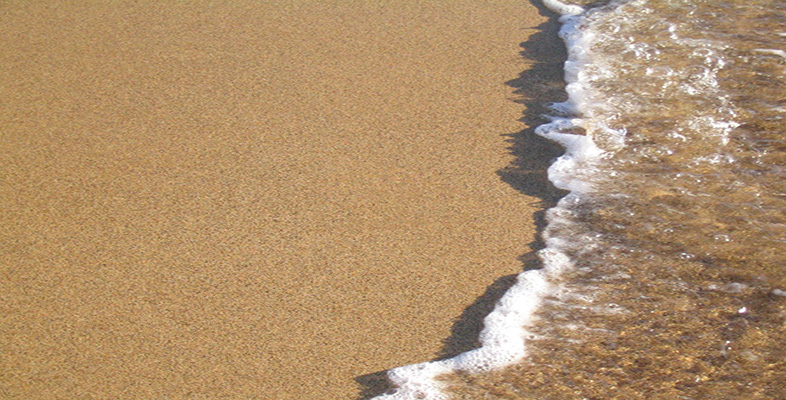4.3.1 Stage 1: Continental rifting (northern Red Sea stage)
There are two mechanisms for breaking up a continental plate, the simplest of which is to pull it apart under lithospheric extension, forcing the mantle to rise up to occupy the ‘space’ that otherwise would be left by the thinned overlying plate (Figure 6a). Continued extension of this already thinned plate will result in it eventually splitting apart. This is often referred to as passive rifting (Figure 6a(ii)), and is driven by extensional processes. Another way of thinning the continental lithosphere is by stretching it upwards rather than laterally. This can be caused by a hot, buoyant mantle plume rising up through the mantle, and forcing the continental lithosphere to dome upwards. This is referred to as active rifting, and is driven by mantle processes (Figure 6a(iii)).
With both rifting mechanisms, as the continental lithosphere is stretched, the upper crust undergoes brittle failure forming a series of horsts and grabens, which progressively separate along normal faults, while the lower crust is subjected to ductile stretching and thinning. Although the end result of both passive and active rifting is the same (i.e. the division of a continental plate and the formation of new oceanic crust), the sequences of events leading up to rifting are very different.
SAQ 1
Based on Figure 6a, what do you think will be the first visible effects of passive and active rifting processes on the continental plate?
Answer
With passive rifts, the first visible effect is the formation of a rift zone produced by lithosphere extension. This is followed by regional doming (as hot asthenosphere wells up under the thinned lithosphere), and then by minor volcanism. By contrast in active rifting, regional doming occurs first (as the mantle plume forces the lithosphere upwards), followed by the eruption of huge volumes of extrusive material (e.g. flood basalts), ending with the rifting stage.
The North Atlantic Tertiary Igneous Province (NATIP), which consists of flood basalts covering areas of Greenland, northern America, Skye and County Antrim, formed because of active rifting that led to the opening of the North Atlantic Ocean. This contrasts with the more minor (but still impressive) Carboniferous volcanic features found throughout the Midland Valley of Scotland (including the Castle Rock and Salisbury Crags in Edinburgh), that formed as a result of passive rifting associated with the Variscan Orogeny.
